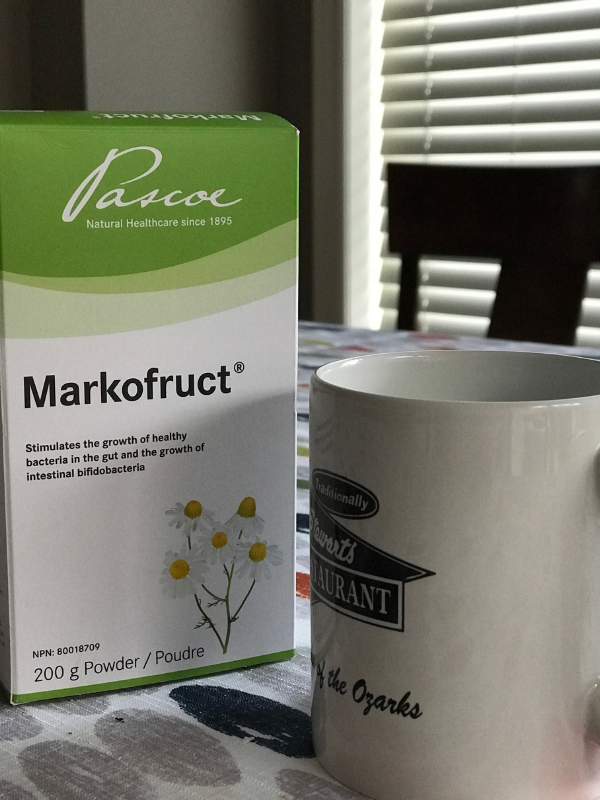Five Steps to Becoming a More Healthy and Empowered Patient

 intend to build empowered patients with the ability to problem solve their ailments.
intend to build empowered patients with the ability to problem solve their ailments.How many times have you gone to the doctor and felt less than happy with the visit? Do you leave feeling like an empowered patient or not?If you spend any time at all visiting this blog, then you know I often write about health matters. I write almost as often about advocacy and causes that matter to me. The lives of the members of my family intersect often with the traditional health care system. I was a child when I was diagnosed with Crohn’s Disease and I spent many weeks, months and school vacations in the hospital or racing back and forth to doctor’s appointments. I never felt like I had any sway at all in my own health care until I hit around the age of 25. It’s sad to me that it took that long to find my voice within the system. It’s sadder still that I felt I never had a doctor who listened or treated me in a way that made me feel like an empowered patient. As a child and a teen, I didn’t know to grab that power myself.
So what does all that have to do with the topic of this book: Diagnose Yourself: How to find a permanent cure for what ails you.There are a few reasons this book interested me right off the bat. Jenner is a naturopathic practitioner with a history of speaking engagements in which he would tackle the root cause of a person’s ailment or issue, often successfully finding a “cure” contained within a patient’s environment. He experienced great success in person with this method. So he decided to write a book about this common sense approach to diagnosing your own illness. His approach is designed to empower patients to manage their health care better, particularly their interactions with their doctor. His book is available on Kindle and in paperback. I reviewed it here on Thrifty Momma’s Brainfood.
Recently I interviewed Jenner who advised this book would be a good tool for anyone unhappy with their current relationship with their doctor. After all everyone has one of those stories. You know the one, where the doctor didn’t take enough time to listen, or the one where he or she got it wrong. Diagnose Yourself says what if you take the power back and prepare for each appointment and work through a template in the book to help you get the right answers that solve your issue. It is not about avoiding the doctor or firing the doctor. It is a book about occasionally managing your own symptoms and using some common sense to figure out symptomology. It is well worth the money, and as anyone here knows, I am very much about advocacy. Funny how so many of us can do it for others and yet not for ourselves. This Christmas or New Year give yourself the gift of Diagnose Yourself: How to find a permanent cure for what ails you. Because it will change the way you work with your doctor and it might even provide you with the tools to get right to the cause of your illness instead of passively assuming a prescription is the only option. You can analyze your problem, the symptoms and potentially find the cause within your environment.
“People who read my book will be able to take more responsibility with their own doctor.” The book is structured in three basic parts. There are case studies and health care history sections and then there is also an interactive element for patients that includes an easy to follow template to help guide you in assessing and detecting what and when and how symptoms are impacting you.
It sounds simple, because it is but it can also be time consuming which is partly why this kind of assessment often isn’t done in traditional medicine.
Five Steps to Becoming a More Healthy and Empowered Patient
By Reid Jenner
I was talking with a friend the other day over coffee and she was relating to me an uncomfortable experience she’d had with yet another malady that was initially misdiagnosed by her physician and which needlessly extended her illness. This led to a discussion about how we can take more responsibility for our own health by doing a little legwork to assist our health care providers in more effectively diagnosing and treating our health problems.
Here are five quick and simple steps you can take to help yourself and your doctor reach faster, more effective, and less invasive personal health management outcomes:
- Keep track of your symptoms. Studies show that the cause of most illnesses can be traced to harmful factors that we are being exposed to in our environment, not internal or genetic factors. But we are often so busy and distracted by everything that is going on in our lives that we fail to recognize the connections between what we are doing or being exposed to that may be contributing to our illness. Just keeping a simple log on the back of a napkin for when your symptoms manifest and what you’re doing at the time can help.
- Recognize what you are doing differently. Most illnesses can be traced to something unique about your special habits, the unique locations you habituate, or the unique timing of your illness. Take the information you gather in step 1 and analyze what is different about you compared to others most similar to yourself who are not experiencing the same problem. Using this technique, one of my clients traced the cause of his chronic and painful sinus infections to the unique exposure to a wood stove placed in the basement adjacent to his study.
- Look for distinctions in your environment. Oftentimes the source of the problem has something to do with the unique location(s) in which you travel and operate. Another client found the cause of her recurring and severe red eye condition was being caused by the rapid change in air pressure within the cabin of her commercial airplane when she traveled and descended into a high elevation airport in inland China where she visited her parents periodically.
- Recognize the unique events associated with the timing of your symptoms. Sometimes the sources of the problem relates to what is going on at the unique times when your problem presents. A fascinating and perplexing problem with flight attendants experiencing a severe face rash was ultimately solved when the random timing of problem was traced to certain flights over water only on selected routes where they were displaying new life vests that had a chemical irritant embedded within the fabric.
Share your findings with your health care professional. At the outset of your doctor examination, tell your doctor what you’ve uncovered and what you think may be causing the problem. Put the onus on the doctor to evaluate and rule out your well-framed hypotheses. Use the same critical thinking process and cold hard facts you uncovered in your analysis to evaluate and rule out equally implausible explanations offered up by your physician for your illness. Information is power—and you are the primary custodian of the critical information relating to your health problem!





6 Comments
RANDA @ TBK
I do my best to keep track of all of my symptoms and what’s going on. My issue is I tend to Google and low and behold, it leads to some scary disease haha. Doctors must hate Google lol.
Paula
Yes I think they must hate google too. Although sometimes getting more information (when it is the right information) makes sense.
Jenn
This sounds like a great book!! I find now a days DRs are so busy that they tend to prescribe antibiotics right away when they aren’t really needed! An example, my DS6 was 9 mths old and I took him FMD. She took one look at him and prescribed antibiotics for the 4 time in 2 months. It turns out he was having a severe allergic asthmatic reaction to our pets. Sadly, we got rid of our pets but happily he is much better!! Taking time and figuring out the possible causes led to his solution!
Paula
It just takes some detective work to figure out what the issue is sometimes. Your son could have been stuck in a silly cycle of antibiotics forever at that rate. Sad that you needed to get rid go the pets but at the same time you figured out what was needed so that’s good.
Bonnie Way
These are great tips! Honestly, in my entire life, I’ve only had two doctors whom I’ve liked and respected… and unfortunately, we’ve now moved away from both. For a while, I’d hesitate about going to the doctor because I wondered if it’d even be worth it. I’ve had so many visits where I’ve walked out of the office knowing nothing more than I did going in and feeling like I just wasted my time even trying to find out what the problem was. This book sounds like an excellent resource. I do know that sometimes I haven’t been as accurate in reporting (or remembering symptoms) as I could be when visiting doctors, so that’s something I could do better that would probably make appointments better. 🙂 Thanks for sharing.
Paula
Bonnie: I completely understand this. I have rarely had doctors that I felt were partners in my health care.